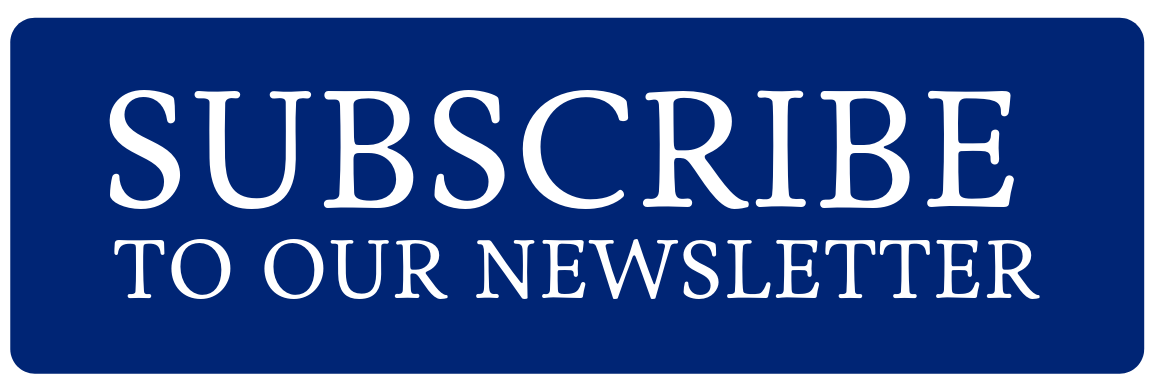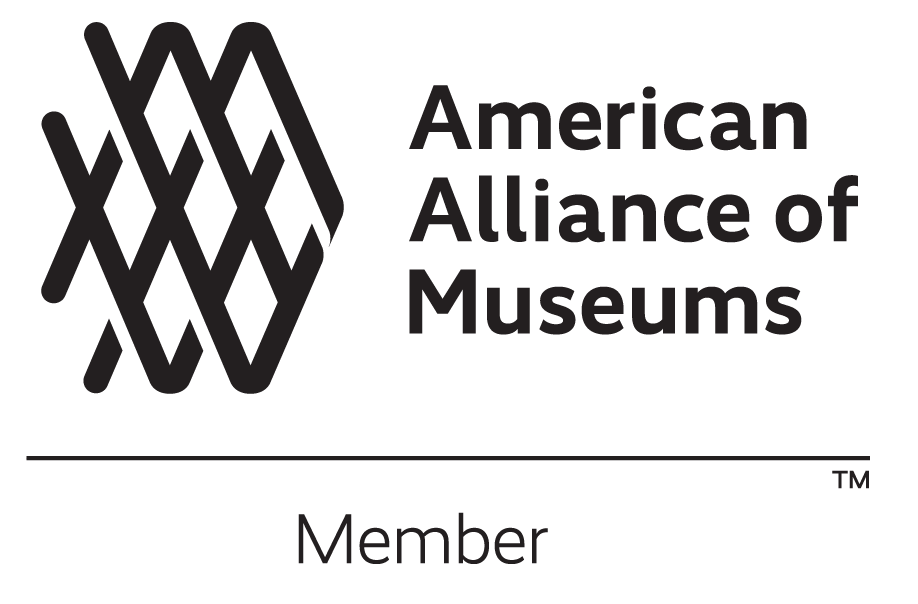Cuba: An Unlikely Ally
by Sarah Kneeshaw
In 1781, thirteen British colonies in North America achieved what was deemed to be impossible. They defeated the greatest military power in the world, establishing themselves as an independent nation, free from Great Britain’s rule. In their struggle for independence, America received help from overseas allies. The most well known of these allies is France, remembered for lending money and troops to the Patriot cause. Less remembered are the contributions of Spain, particularly through one of its own colonies: Cuba.
Cuba’s history with Europe began in 1492, with the arrival of Christopher Columbus. In 1511, the first Spanish settlement was formed at Baracoa. Spain’s presence was violently resisted by the indigenous Taino people. After a bloody three year struggle, the Spanish subdued indigenous resistance and gained control of the island. In 1514, a settlement was established in Havana. Throughout the 16th century, Havana would grow to be the most important Spanish port in Cuba. By the mid-1700s, the population of Cuba had risen to around 80,000.
Cuba quickly became a vital asset to Spain’s presence in the New World. Located along highly trafficked deep sea shipping lanes, Cuba provided an important strategic location for European countries in the Caribbean. Because of this—and because of Cuba’s role as Spain’s foothold in the New World—the island was under near constant threat, from both pirates seeking Spain’s wealth and other European countries trying to claim the colony for their own. In an effort to maintain its power in the region, Spain imposed harsh restrictions on Cuban trade, outlawing trade with any other countries. However, this did not have the intended impact on the island’s economy: Cuban merchants engaged in a significant amount of illegal trade, primarily with British merchants.
A monument to the chieftain Hatuey, who led the Taino people in resisting Spanish colonization.
Great Britain’s first occupation of Cuban territory was in 1741, during the War of Jenkins’ Ear. This war between Britain and Spain occurred mainly in their Caribbean colonies. Britain was able to occupy Guantanamo Bay. 4,000 British soldiers were stationed in the Cuban port for around eight months, until a combination of widespread disease and Cuban guerilla resistance forced them to abandon it. In the ensuing years, the British tried to occupy various Cuban ports, with no success.
This changed during the Seven Years War, when the British finally achieved their goal of conquering Havana. After a siege lasting five months, the Spanish were forced to surrender. This was a major step for the Cuban economy, which opened up legal trade with Britain and its colonies. However, British rule of Havana was short lived. The 1763 Treaty of Paris, which ended the war, saw Spain ceding control of the much larger Florida colony in exchange for the return of Havana. This was an unpopular decision in Britain, as many believed Cuba to be more valuable.
The connection between Cuba and the American colonies continued after British occupation. While the temporary legitimate trading between the two ended after the Spanish resumed control, smuggling continued between the New World colonies. Their connection only increased once the Revolutionary War began, and Spain decided to align themselves against Britain.
The Capture of Havana, 1762, Taking the Town,14 August by Dominic Serres
Initially, Spain was hesitant to get involved. As a kingdom with colonies of its own, Spain recognized the potential danger in helping the North American colonies break with Britain. At first, they were content to simply engage in trade with the colonies. The Patriots were in dire need of supplies, particularly since their main source of goods, Great Britain, was no longer an option. Trade through Cuba offered a way to receive the supplies and financial support that the Patriots sorely needed. However, George Washington wanted to take the relationship a step further, and actively sought an alliance with Spain.
In 1777, Juan de Miralles was sent to represent Cuba in the American colonies. Born into a wealthy Havana merchant family, Miralles was an observer for Spain and met with the Continental Congress in Philadelphia on their behalf, encouraging trade between the colonies and Cuba.
Miralles was very successful—by 1781, over half of the ships coming into Philadelphia originated in Havana. He also presented Congress with Spain’s desired outcome for the war: the return of the Florida colony to Spanish control. In 1779, Spain officially entered the war, but not as an American ally. Spain was hesitant to openly support another imperial colony's revolt, so it instead entered into a treaty with one of America’s allies, France. This allowed Spain to support the Revolutionary War without explicitly supporting the colonies’ desire to separate from Great Britain.
After this meeting, Miralles remained in America and grew very close with General Washington. Washington admired Miralles’ political prowess and his desire to encourage trade between America and Cuba. Washington and Miralles also got along socially; Miralles even hosted a ball in honor of Washington and his wife Martha.
A Map of the West-Indies by Herman Moll. This 1736 map shows Spain’s holdings in the New World, with Cuba at the center.
Miralles held Washington in very high esteem, sending portraits of the general to officials in Cuba and Spain, and showering Washington with gifts to demonstrate his respect. Washington greatly appreciated these tokens, writing to Miralles that they were “rendered still more acceptable by the cordial and affectionate sentiments of the giver.”
As Miralles spent more time in the American colonies, he developed even deeper sympathy for the Patriot cause, and lobbied even harder for Spanish support. He was even promised the position of Minister of Spain to the United States once the war ended. Sadly, Miralles’ fervent support for the American Revolution would go unrewarded. In the spring of 1780, Miralles came down with pulmonic fever. Although he was treated by Washington’s personal doctors, Miralles succumbed to his illness on April 28, 1780 at Washington’s headquarters in Morristown, New Jersey.
He was buried with full military honors, with Washington presiding over the ceremony. While replacement representatives from Cuba were sent to America, none of Miralles’ successors possessed his enthusiastic support for the cause of American independence.
Perhaps the most important contribution coming from Cuba was financing the Battle of Yorktown. Popular remembrance of this claims that the money was quickly raised by Cuban citizens themselves, with the women of Havana contributing their jewels in support of the cause. However, this is considered by many historians to be a romantic exaggeration; in reality, the funds most likely came from a combination of Cuban treasury funds and private donations.
However they were raised, the funds were crucial to the American victory at Yorktown. By the summer of 1781, finances were strained; Continental currency was quickly on its way to collapse, and Washington’s forces were close to running out of money. The French were also feeling the strain, and a shipment of gold not expected until the fall. The money from Cuba arrived just in time to purchase supplies and pay troops for the upcoming Battle of Yorktown, which ended in British surrender. The American Revolution was won largely thanks to the support of Cuba.
Bibliography
https://www.britannica.com/place/Cuba
https://clas.berkeley.edu/research/cuba-slavery-and-siege-havana
https://www.novaparks.com/sites/default/files/pdf/March2004.pdf
https://www.history.com/this-day-in-history/spain-declares-war-against-great-britain
Cuba and the American War for Independence by Emilio Roig de Leuchsenring
The First Salute: a View of the American Revolution by Barbara W. Tuchman
“Juan de Miralles and the American Revolution” by Helen Matzke McCadden






